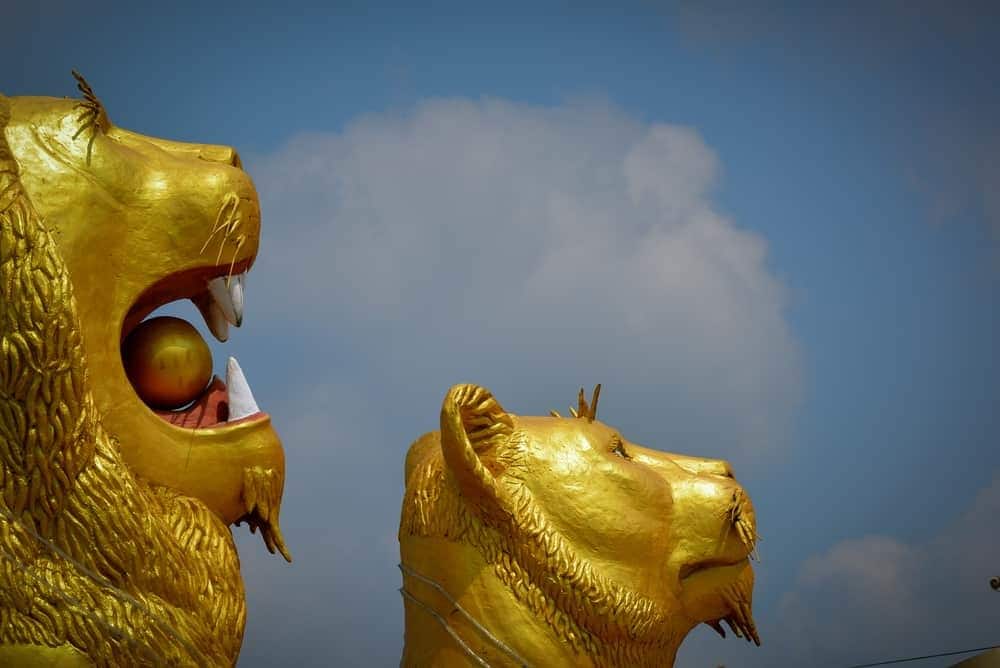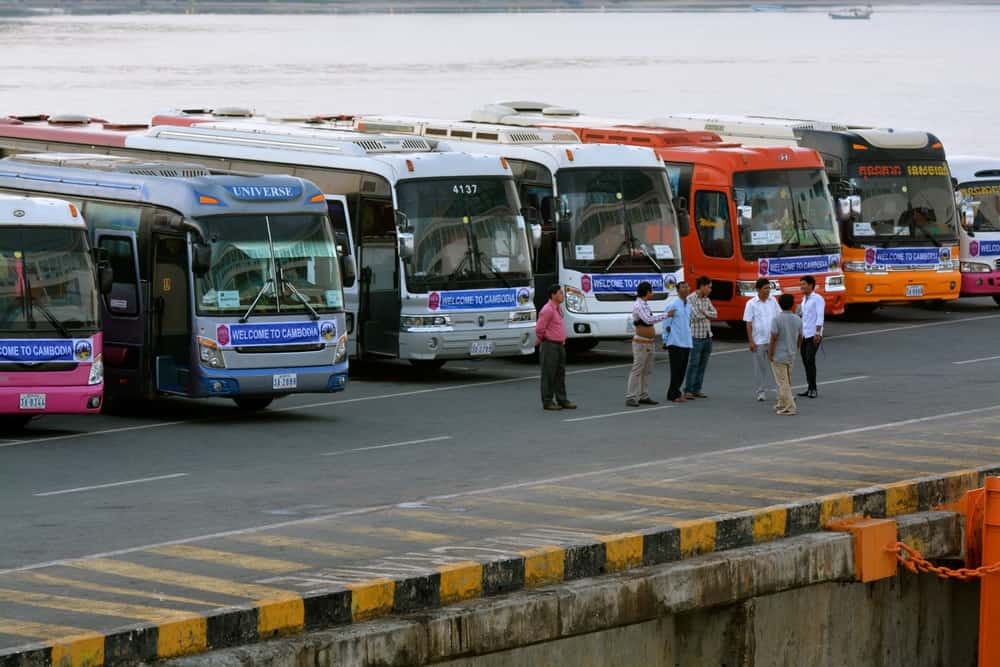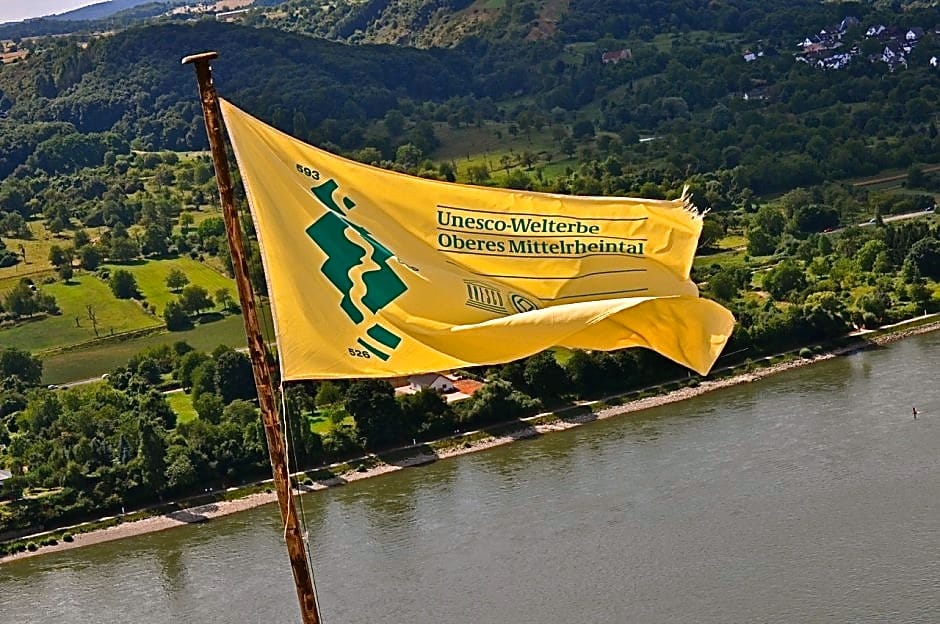Koh Ker Temple, an historic temple advanced in Cambodia, was formally added to UNESCO’s World Heritage Listing on September 17, 2023, through the forty fifth session of the World Heritage Committee held in Riyadh, Saudi Arabia.

The temple, often known as Lingapura or Chok Gargyar, is situated within the Srayong commune of Preah Vihear province’s Kulen district and spans 1,187 hectares. It was constructed within the tenth century by King Jayavarman IV and was the capital of the Khmer Empire for a quick interval.
In a congratulatory letter, Prime Minister Hun Manet described the itemizing as a historic occasion and famous that the temple was accepted to the checklist by the Worldwide Council on Monuments and Websites (ICOMOS) as one of many world’s high structure websites.

He additionally highlighted the nice joint efforts that went into the method of registering the temple as a UNESCO World Heritage Website, which is lengthy and complex, requiring in depth documentation and opinions by home and worldwide specialists.
Manet thanked all related events for his or her contributions to this excellent end result and instructed authorities in any respect ranges to safeguard the temple and comply with the rules of the World Heritage Committee when it comes to growth within the space. He additionally known as for the prevention of land encroachment, building, deforestation, looking, and unlawful excavations, as they might have an effect on the worth of the temple advanced.

To rejoice this accomplishment, Manet instructed state establishments in any respect ranges to beat drums or gongs and cheer on September 20 at precisely 7am in all places, together with pagodas and colleges. He additionally requested that the media cooperate within the celebrations.
The itemizing of Koh Ker Temple as a UNESCO World Heritage Website is a big achievement for Cambodia and a testomony to the nation’s wealthy cultural heritage. It is usually a recognition of the significance of defending and preserving this distinctive and useful website for future generations.

